3 Malaysians who are doing more with the Net than just posting selfies
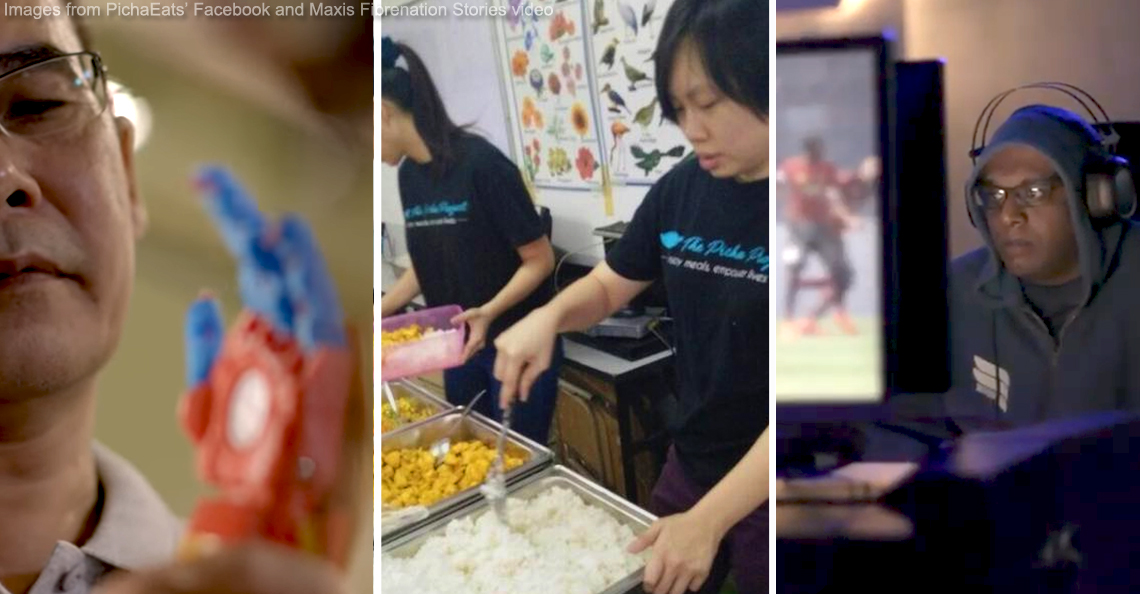
- 7.0KShares
- Facebook6.8K
- Twitter23
- LinkedIn35
- Email28
- WhatsApp72
How many hours a day do you spend on the Net? According to MCMC 2018 survey, the likely answer is 1-4 hours online. If that’s the case, we reckon the bigger question is probably…
Yep, we’re expecting the answers aren’t going to be world-changing. But that isn’t all of us. Some of us don’t just click on cat pix. They don’t let YouTube decide what video to show them next. With a little direction, some Malaysians have found some amazing things on the internet, and proceeded to do some amazing things with these new found Net-enabled abilities. And Malaysia’s #1 4G network wants to take some time to highlight three regular Malaysians who are doing more on the Internet through the Maxis Fibrenation Stories.
So here’s a sneak peek at your future self once you can wean yourself off a few selfies and GoT memes.
1. A retired insomniac English teacher who learnt how to build robot arms for disabled Malaysian children

“I’m very thankful to the ‘University of Google’.” – Pak Su, excerpt from Maxis’ Fibrenation Stories video.
When 51-year-old Sujana bin Rejab (Pak Su) retired from teaching in 2013, he had trouble sleeping some nights, so he’d spend a bit more time than he might’ve liked on the Net. One day, he stumbled upon a website about 3D printers. Although it intrigued him, he also figured out that the printer would cost him his fortune la. Back then a 3D printer cost more than RM10,000, according to Pak Su (nowadays you can get it for an average of RM2,000 to RM5,000 online). But unlike most of us, he didn’t just move on to cat videos….
He decided to buy the tools and learn how to build the printer himself instead of buying it(!) Pak Su spent a year building the printer and after it was built, he decided to test it out by printing toys, cars and bird figurines.
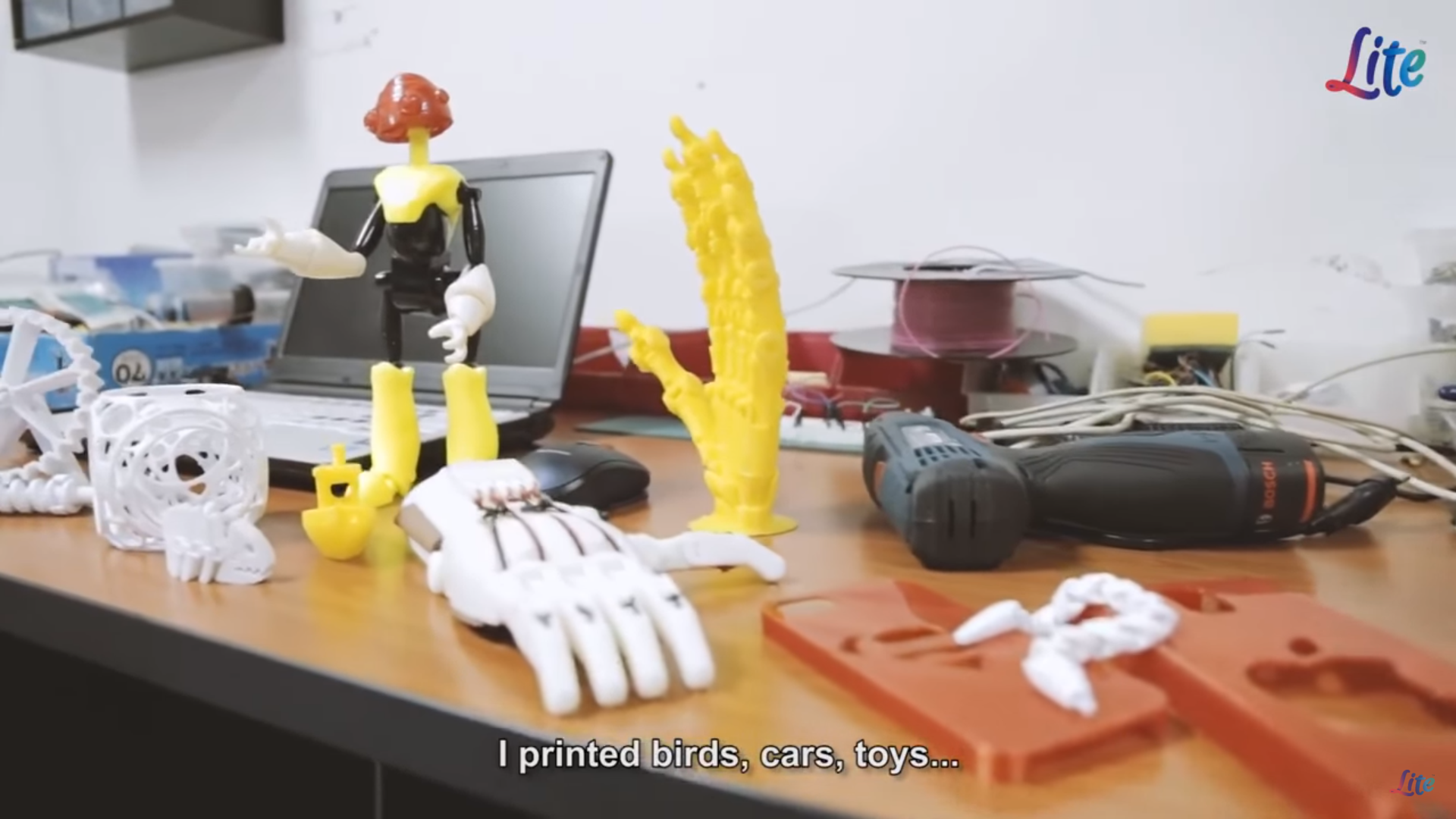
“So, I thought what can I do (with these things). Can I sell these things? Just to print one thing sometimes takes 10 hours, 6 hours, right? So, people say it’s not suitable for business.” – Pak Su in an interview with Steve and Shaz from Lite.
He later came across a website by a group of people from the US who make 3D arms to help disabled children and downloaded a file from that website on how to make 3D arms. That was pretty much how Pak Su got the idea of making 3D arms and giving them to disabled children in Malaysia. And he has his own reason to give these arms out for FREE!
“Some people want easy money but, for me, success can be shared with others. Currently, I am successful in my objective to help these children thanks to the contribution from individuals and corporations. Those who benefit from this are the recipient (of the 3D arms) and their families because they don’t need to fork out their money. The society also benefits from this as they get to share happiness (with the recipients).” – Pak Su told CILISOS.
Pak Su then posted on his Facebook asking if any Malaysian child needed prosthetic arms and…
TWO YEARS LATER.
Someone recommended Pak Su to a girl named Ainaa Amanda Shahzali who needed a prosthetic arm. And the rest, as they say, is history. We’ve written about Pak Su and what you can create with a 3D printer. Click here to read the article.
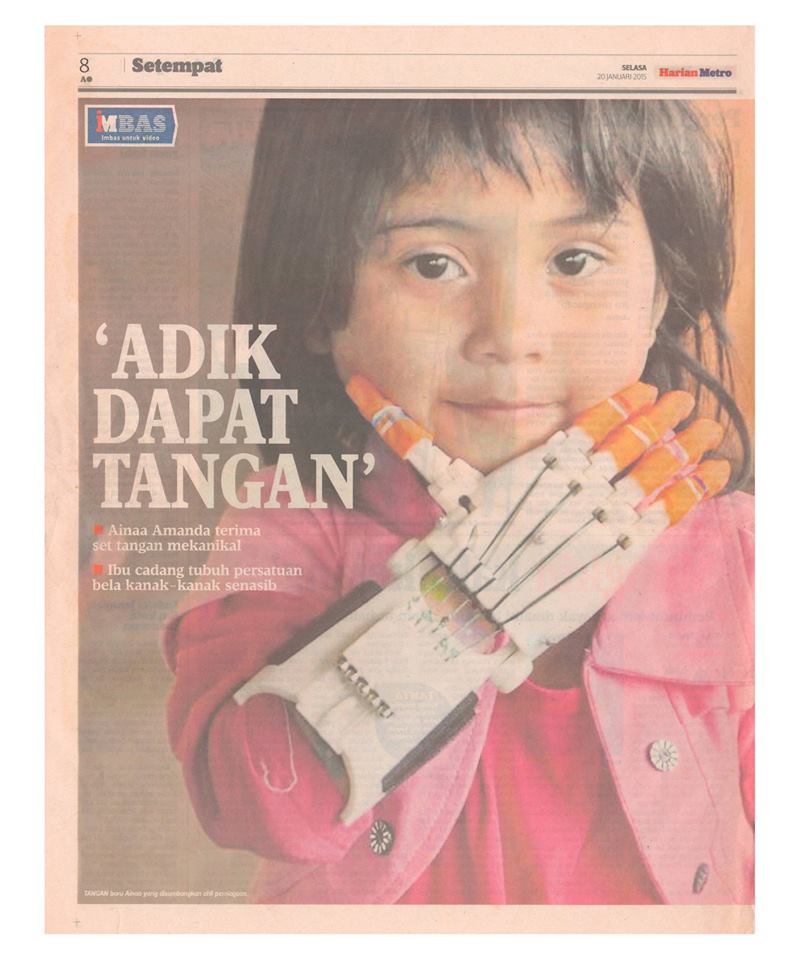
After he went viral, Pak Su said that he had received help from MARA to carry out his business here. Today, he’s managed to build over 50 prosthetic arms for Malaysians and people from all over the world. This time around, he’s back with helping another boy named Muhammad Ziqri Ramadan who was born without a right arm. You can find out how Pak Su helped Ziqri by watching the video below:
Besides Pak Su…
2. Three fresh grads who created a food service run by…. refugees?!
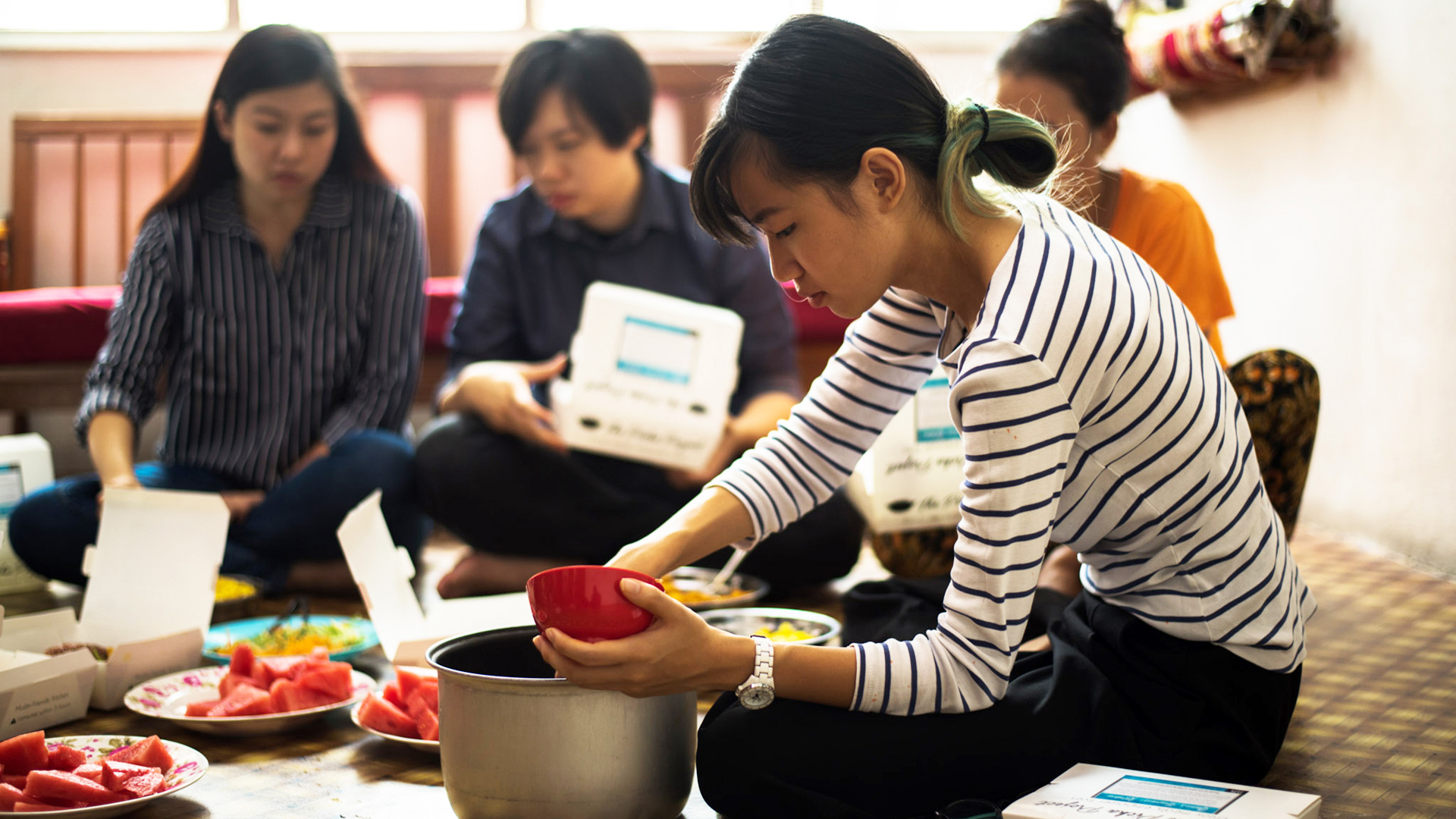
Who would’ve known that three college mates could change people’s lives… with FOOD!? In college, Suzanna Ling, Lee Swee Lin and Lim Yuet Kim had organised several awareness and fundraising events to help refugees. In fact, they created a platform called Hands of Hope Malaysia for their college mates who wanted to volunteer as teachers at a refugee school in Cheras. While volunteering at the refugee school, they realised an unhealthy pattern among the students.
“Students were dropping out of school on a regular basis, we’re talking one to two students per week. We went to their homes and spoke to their families, and found that they were struggling to pay the fees.” – Suzanne told Zafigo.
As it turns out, refugee schools are fully funded by refugees themselves! While the teachers weren’t paid a dime, the students were charged RM50 per month. These families can’t afford to pay the education fee on top of a monthly housing rental about RM650 to RM1,000 because refugees can’t work here legally.
After the three fresh grads were invited to a Raya dinner with one of the refugee families, they came up with the idea of an online food delivery service. They eventually named their service as The Picha Project (now known as PichaEats) based on the name of the child of their very first cook.
“They always cook a feast, so we thought, ‘Why not invite people to come along and charge them to cover the cost of their cooking’? Surprisingly, the response was great. It sold out during Christmas when we tried it again, and again on Valentine’s Day. Last month, we did about 12 sessions during Ramadan.” – Suzanne told CILISOS in 2017.
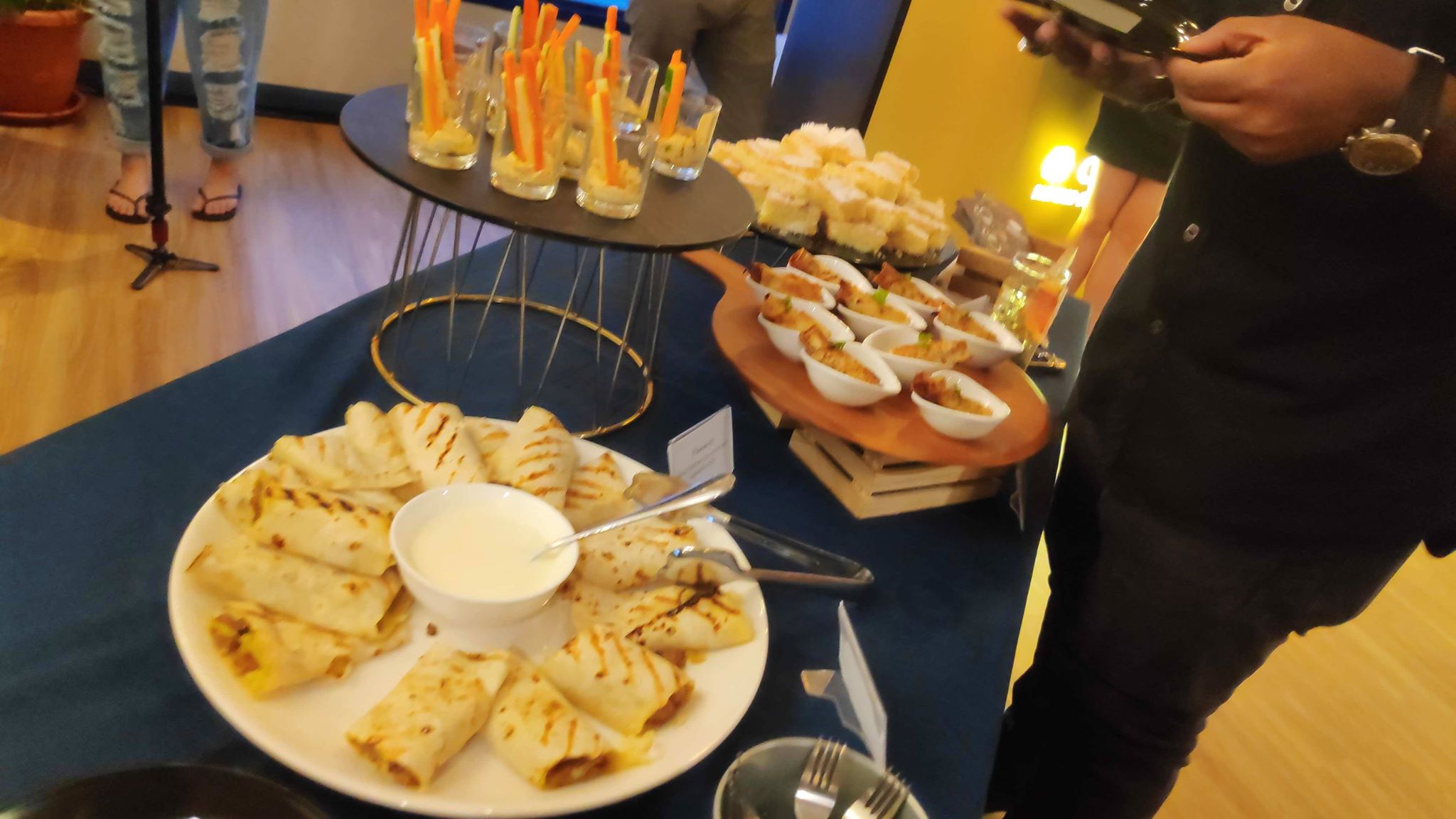
And they chose to operate PichaEats online because:
“When we first started, we didn’t have much resources but everyone had access to Internet. Through social media, we shared with our friends the idea of Picha and gathered our first order. The Internet has been our main platform to reach out to more people, share with them our stories and of course, introduce to them the great food that we can provide.” – Suzanne, Kim and Swee Lin to CILISOS.
When PichaEats first started, some saw it as a ‘school project’ but this project has received many supports from various organisations throughout the years including from MaGIC, which gave them a seed fund of RM30,000. PichaEats eventually garnered half a million of ringgit in 2017 where 50% of their profit goes to the refugee families. In fact, PichaEats was even enlisted in Forbes 30 under 30 social entrepreneurs in Asia(!).
Oh and besides providing you with food, PichaEats also opens up the opportunity for you to eat with the refugee families! We somewhat highlighted this initiative by PichaEats back in 2017 when it collaborated with Cooler Lumpur 2017. SOSBOS actually tried PichaEats’ food and claimed that they’re yummy. 😉
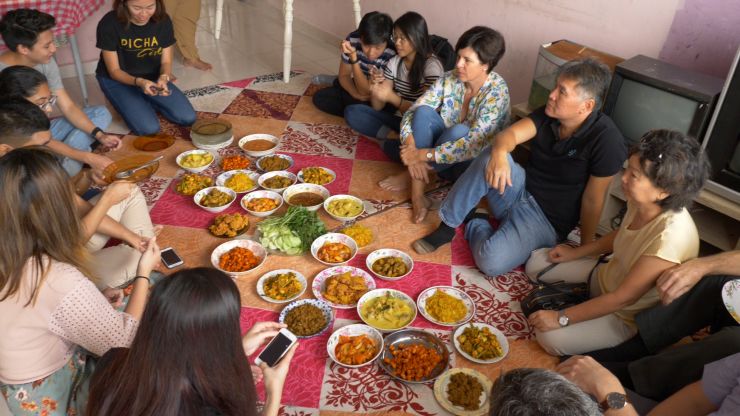
Today, PichaEats has partnered with 15 refugee families from various countries like Afghanistan, Palestine and even Myanmar to serve over 90,000 meals as of earlier this year. You can know more about how you can change the world by ordering food from PichaEats here:
Last but not least…
3. The gamer who convinced his parents that he could make a career out of it
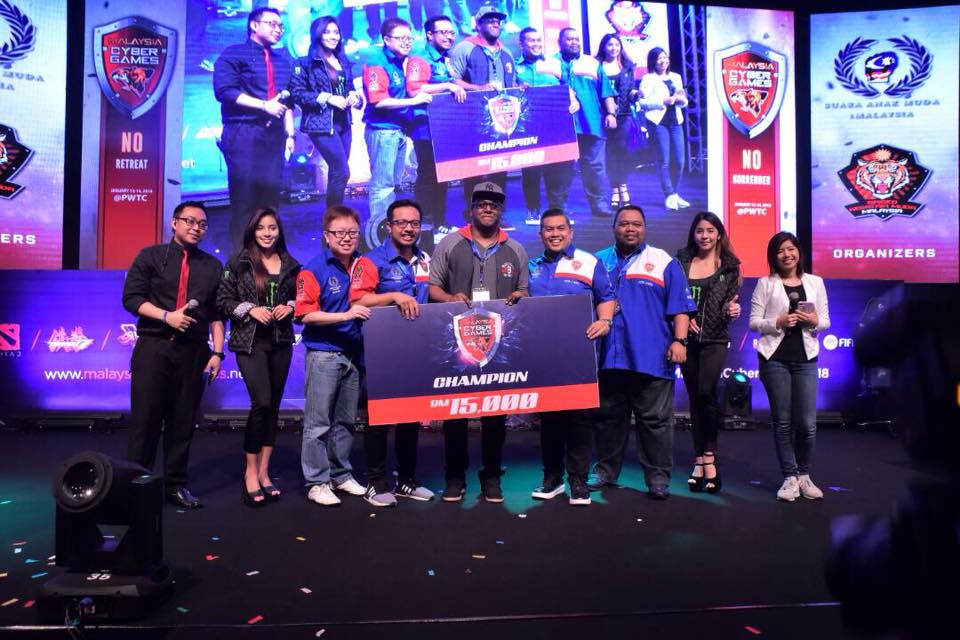
“When I was small, I didn’t think I would actually make a living out of this (playing game).” – Kathires, excerpt from Maxis Fibrenation Stories video.
Just like any of you gamers out there, Kathireswaran Sugumaran (Kathires) started playing games when he was still a young boy. Back then, he wasn’t only interested in video games but also football. He had even dreamed of becoming a professional player like Steven Gerrard of Liverpool and lead a football team in the national level.
However, that didn’t seem possible anymore when he got into an accident that affected his leg. After the accident, his doctor told him not to play football anymore so he got a bit frustrated with his condition because football is everything to him.
“So, I decided to try my level best to achieve my goal of representing Malaysia in the virtual pitch which is my eSports career. I’ve seen some Europeans winning world championships in the eSports path that I’m in. So, I wanted to do the same. And at the same time, I have a dream of representing Liverpool football club in my eSports career.” – Kathires told CILISOS.
When Kathires, who is also known as InFamous9, started playing FIFA in 2013, people around him were a bit skeptical about it. And because playing games took a bit of Kathires’ time from studying, his parents weren’t that supportive of his passion.
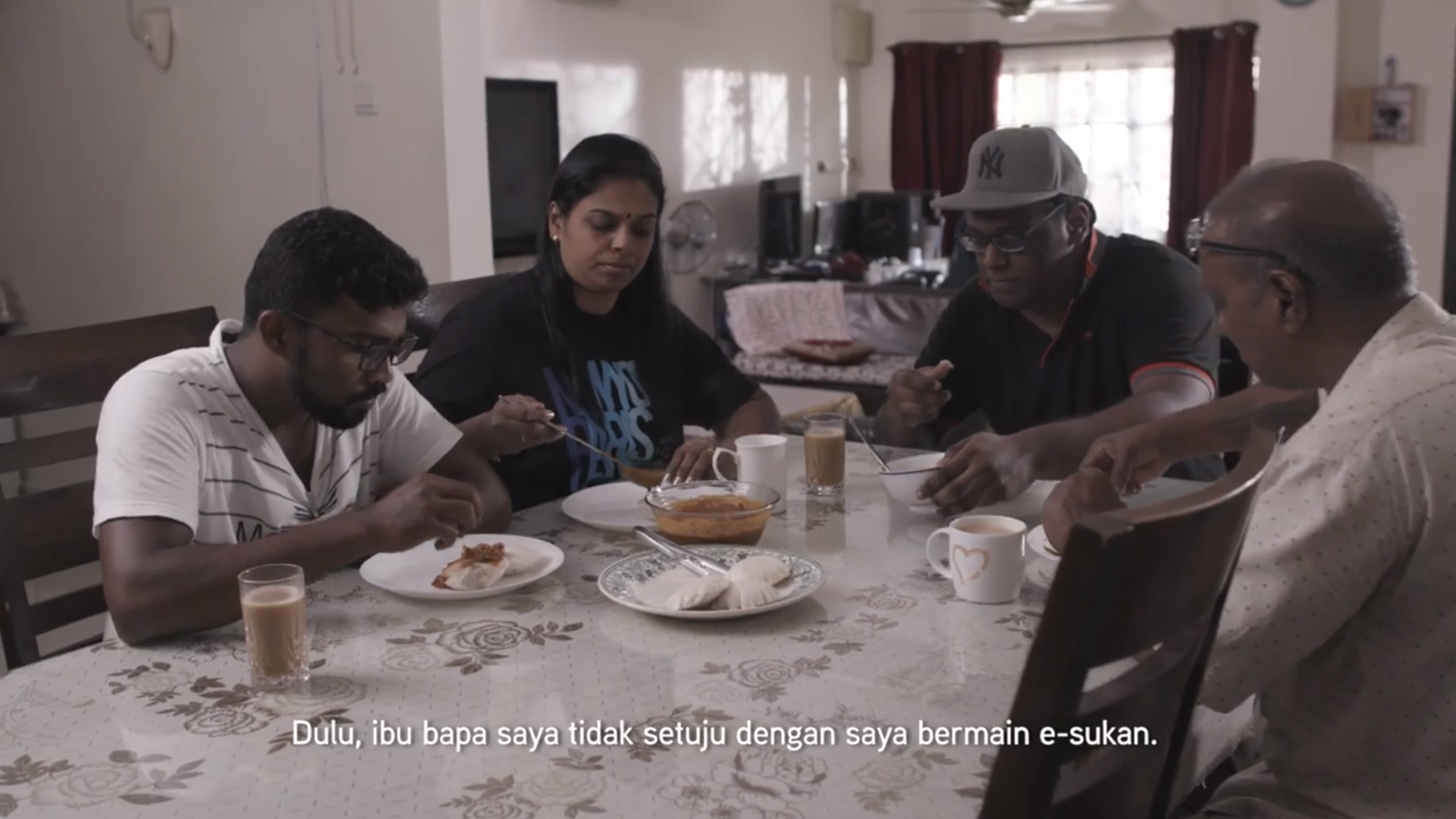
“After a couple of years and winning a few local tournaments, he (my dad) changed his mind. My mum has always been neutral but she’s much more supportive too now. It’s come to the point now that whenever they see me playing a different game — they scold me. They want me to excel at one game and for their determination, this victory is theirs.” – Kathires to Malay Mail in 2018.
Kathires initially joined a local team called Team Infinite for several years before he was approached by a Southeast Asian team called Order of Elites Asia (OoE) in 2017. According to OoE, Kathires was the first Malaysian to join the team. For non-gamers, this is somewhat similar to when a Malaysian footballer, like Nazmi Faiz, is being offered to play for an international team like Beira-Mar.
Kathires won several games locally and in the Asian region throughout his gaming career. And one of his biggest win in his gaming career was in January 2018 when he won RM15,000 at 2018 Malaysia Cyber Games! Before the tournament, Kathires had only brought RM10 for transportation and probably no expectation at all.
Besides winning the money, he actually defeated one of Malaysia’s top eSports gamer, Muhammad Luqman Haziq, who ranks 49th in the world! Woah, how did he go from a regular player to beating Luqman?
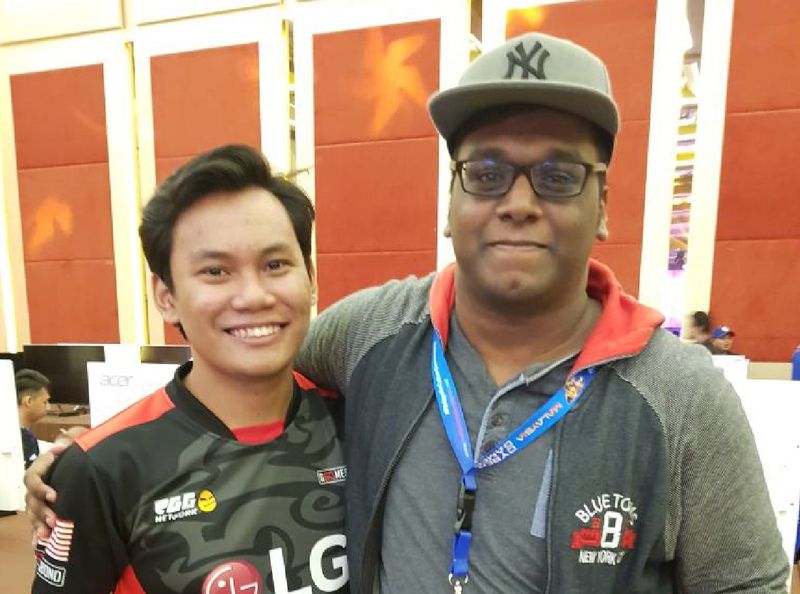
The answer to that is training. Lotsa, lotsa training.
Just like any other sports, Kathires would have to train for each tournament. And since he is still studying, he has to juggle his time between gaming training and studying.
“My main priority is to complete my studies. I spend about three hours a day studying and another three practising the game.” – Kathires to Malay Mail.
At the time of writing, Kathires, whose dream is to be a full-time gamer and engineer, is no longer with OoE as he has recently joined FrostFire, a multi-title professional E-sports team in Southeast Asia. He also has another goal that he wants to achieve and you can find out about it here:
At the end of the day…
It may be possible to achieve anything with the help of the Internet
There’s actually a whole lot of other things you can do online. Just like Pak Su, PichaEats and Kathires, you may not only get to inspire and help others through the Internet but also achieve your dreams thanks to it! And, in today’s world, it may be possible to do and become anything you want. You name it la: YouTuber, gamer, social entrepreneur or even a businessman.
And this can probably happen to you too. Maxis is bringing you these stories to inspire you to find your passion and create your own success stories. (You can learn more about Maxis Fibrenation Stories here.)
Oh, and you may wanna start working towards your dreams too. 😉
- 7.0KShares
- Facebook6.8K
- Twitter23
- LinkedIn35
- Email28
- WhatsApp72



